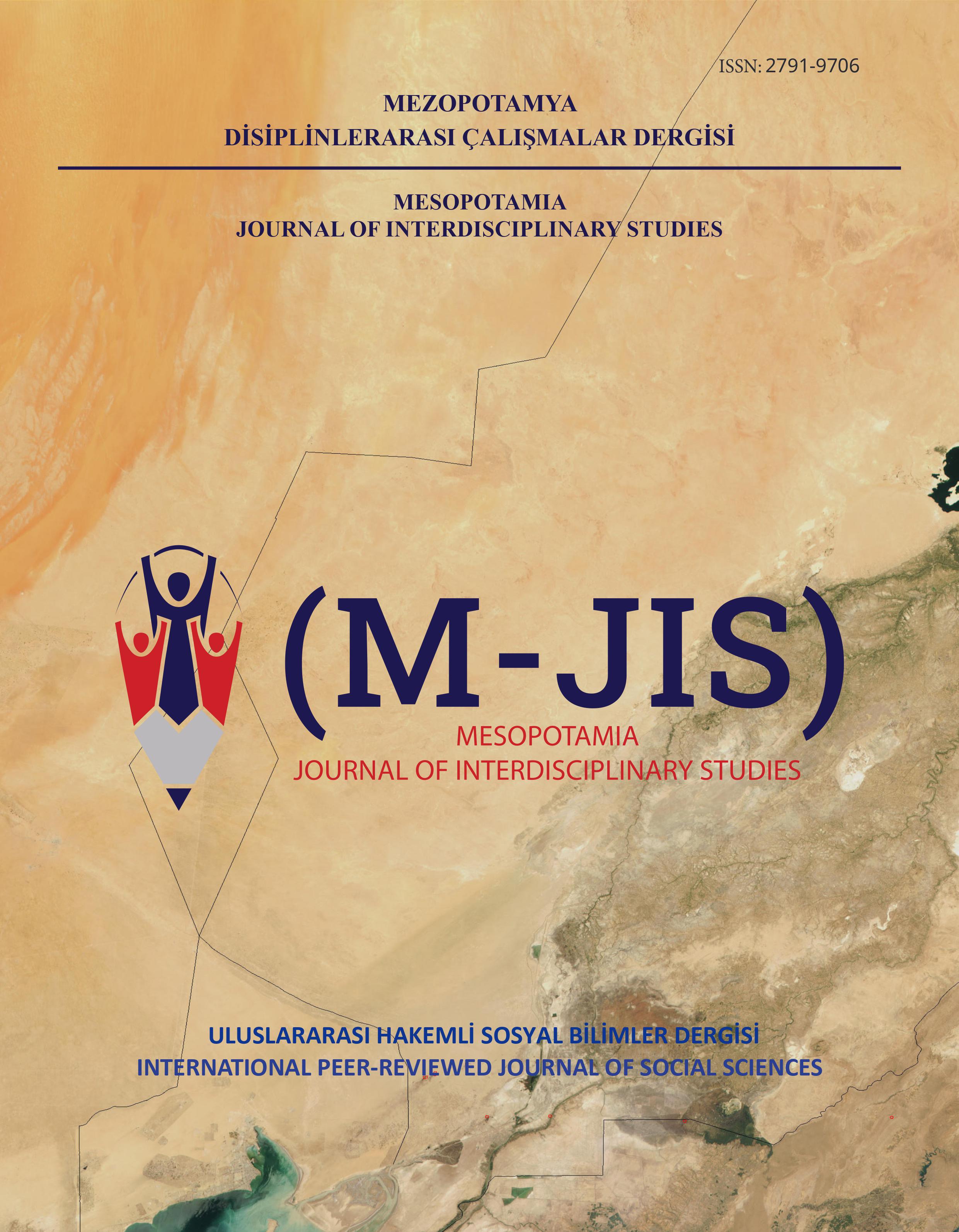Author :
Abstract
Bu araştırma, 2011 sonrası Suriye'nin Kuzey Halep bölgesindeki kışlık ürün üretimiyle ilgili durumu ve zorlukları değerlendiriyor. Araştırma, Afrin, Azez, Cerablus ve El-Bab ilçelerine odaklanmaktadır. Ekili 107.104 hektarın %50'sini, başlıca arpa ve buğday olmak üzere tahıllar oluşturmaktadır. Bulbul alt bölgesi, en küçük buğday ve arpa ekim alanına sahipken, Cerablus alt bölgesi en büyük alana sahiptir. 2011'den bu yana, kışlık ürün ekiminde %27'lik bir düşüş görülmektedir ve bu durum yüksek üretim maliyetleri, kuraklık, yetersiz sulama ve güvenlik endişelerine bağlanmaktadır. Çiftçilerin %82'si daha düşük verim bildirmiş ve çoğu, değişken kalitede yerel tohumlara güvenmektedir. Bu zorluklara rağmen, çiftçilerin %98'i kışlık ürün yetiştirmenin finansal olarak mantıklı bir seçenek olduğuna inanmakta ve bu ürünlerin gıda güvenliği açısından önemini vurgulamaktadır. Piyasa dinamiklerine göre, çiftçilerin %52'si, üretimin en yüksek olduğu dönemlerde ürünlerini daha düşük fiyata satmaktadır. Yerel buğday üretimiyle karşılanan un ihtiyacının %32'si ithalatla tamamlanmaktadır. Yüksek girdi maliyetleri ve işletme giderleri büyük engeller olarak görülmektedir. Önerilen önlemler, üstün tarımsal girdilerin temini ve çiftçilerin bu engelleri aşmasına, ürün verimini ve finansal istikrarı artırmasına yardımcı olmak için pazar erişiminin artırılmasına odaklanmaktadır.
Keywords
Abstract
This research assesses the situation and difficulties associated with winter crop production in Northern Aleppo in Syria after 2011, focusing on the districts of Afrin, Azaz, Jarabulus, and Al-Bab. 50% of the 107,104 hectares under cultivation are made up of grains, primarily barley and wheat. Bulbul sub-district has the smallest wheat and barley farming area, whereas Jarabulus sub-district has the greatest. Since 2011, data show a 27% decline in the cultivation of winter crops, which has been ascribed to high production costs, drought, inadequate irrigation, and security concerns. 82% of farmers reported lower productivity, and the majority relied on locally sourced seeds of variable quality. Notwithstanding these difficulties, 98% of farmers believe that growing winter crops is a financially viable option, highlighting the crop's significance for food security. According to market dynamics, 52% of farmers sell their products for less money when production is at its highest. Imports are used to complement the 32% of flour needed that is met by local wheat output. High input costs and operating expenses are major obstacles. The suggested measures center on obtaining superior agricultural inputs and augmenting market accessibility to aid farmers in surmounting these obstacles and raising crop yield and financial steadiness.





